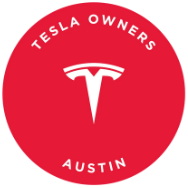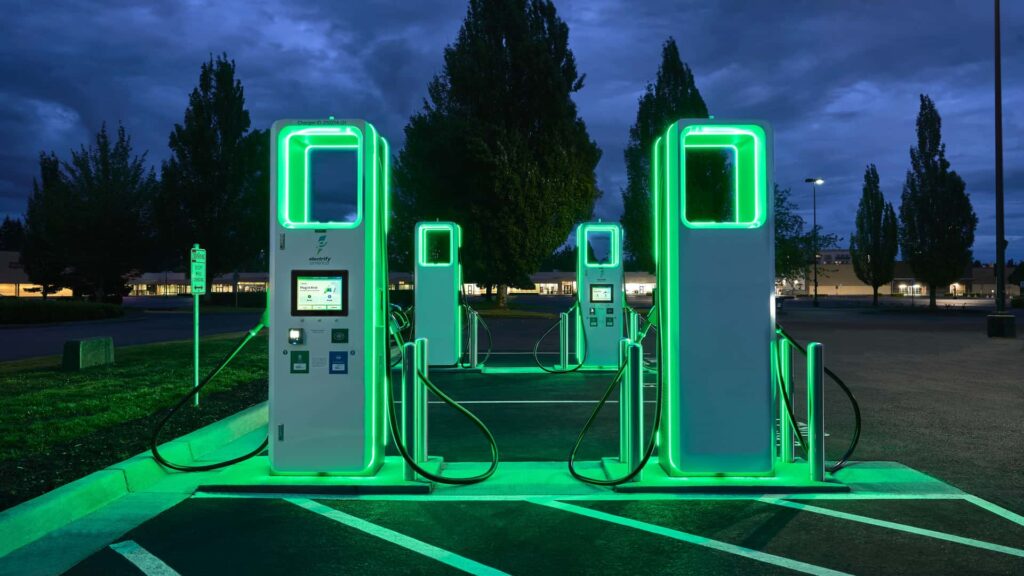The United States has made significant strides in expanding its electric vehicle charging infrastructure, with the number of public Level 2 and DC fast chargers doubling since 2020. This growth is attributed to the $7.5 billion investment by the U.S. government in the National Electric Vehicle Infrastructure (NEVI) program, aimed at creating a nationwide network of 500,000 electric vehicle fast-charging stations by 2030.
Despite initial challenges, the NEVI program is now gaining momentum, with an increasing number of operational NEVI-backed stations across the country. The charging network has seen substantial growth, thanks to collaborations with companies like Tesla, Electrify America, ChargePoint, and EVgo. However, the deployment of chargers still lags behind the rapid increase in electric vehicle sales, which have more than quadrupled since 2020.
Critics have seized upon the slow rollout of chargers to spread misinformation, leading to misconceptions about the effectiveness of the NEVI program. Transportation Secretary Pete Buttigieg has had to clarify the program’s objectives and funding allocation to address these misconceptions.
The future of EV charging in the U.S. hinges on the incoming administration’s policies. While the NEVI program is set to expand further, there are concerns that the anti-subsidy sentiment could impact its progress. Nevertheless, the addition of Tesla connectors to NEVI-funded stations and the adoption of the Tesla standard by major automakers signal positive developments in the EV charging landscape.
With the NEVI program on the verge of mass deployment and the growth of the charging network showing promising signs, the outlook for EV charging in the U.S. looks bright. The implementation of new initiatives and collaborations bodes well for a future where road-tripping in an EV is convenient and hassle-free. Whether the charging network will continue to grow at its current pace will largely depend on the political landscape and support for electric vehicles in the coming years.

